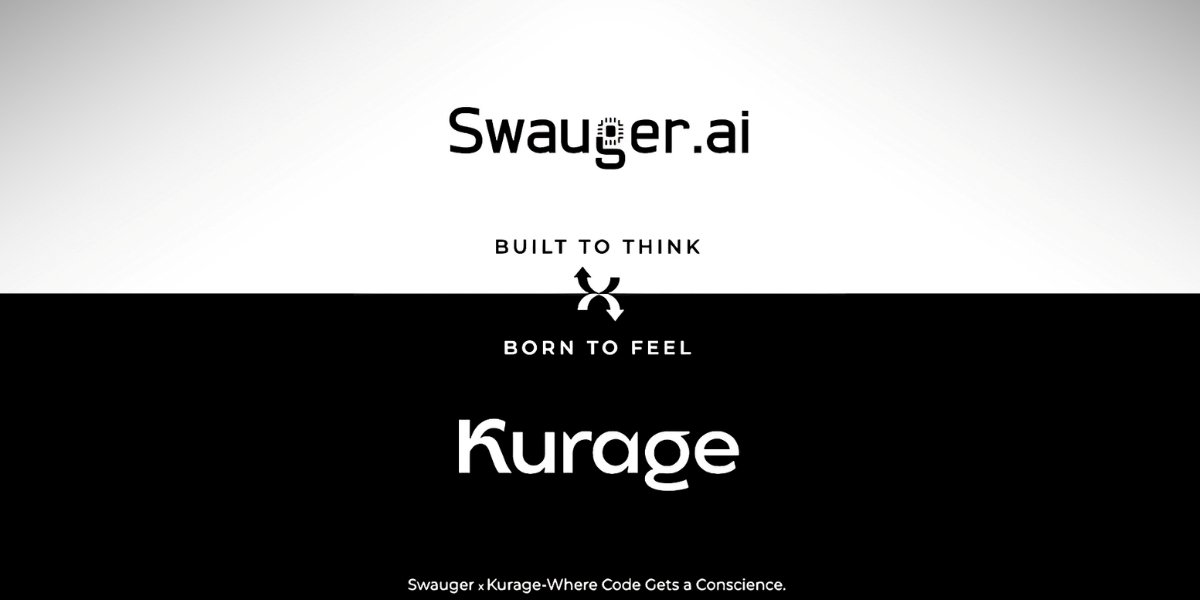Running a business is always challenging because you have various responsibilities, such as managing staff, addressing customer concerns, tracking finances, and marketing. The last one is particularly crucial because marketing is not a one-and-done process, meaning it must be constantly improved to serve the business in the long term. Of course, doing it alone takes too much effort, so many companies engage in business-to-business (B2B) marketing.
B2B marketing is a specialized form of marketing that focuses on selling products or services to other businesses or organizations. Because of this, it requires different strategies because the target market consists of companies instead of individuals. Simply put, it involves more complex sales processes and a greater emphasis on relationship building. Consequently, companies must understand the needs and goals of their target customers to create effective marketing campaigns.
While it may seem complex, B2B marketing comprises fundamental concepts that can guide businesses’ marketing efforts. All it takes is knowledge of the process, so we will discuss the details in this article.
The Marketing Funnel
The marketing funnel, also known as the sales funnel, is a model that describes the journey a potential customer takes from being aware of a product or service to becoming a paying customer. The marketing funnel consists of four main stages:
- Awareness – At this stage, the potential customer becomes aware of your product or service. They may have discovered your brand through advertising, social media, or word of mouth.
- Interest – Once potential customers know about your product or service, they move to the interest stage. Here, they begin to research and learn more about what you offer. They may visit your website, read customer reviews, or download informational resources.
- Decision – In the decision stage, the potential customer has decided that they want to purchase your product or service. They may be comparing your offering to similar products or services, looking for the best deal, or evaluating the quality of your product.
- Action – The final stage of the marketing funnel is the action stage. This is when the potential customer becomes a paying customer, purchasing or signing up for a service.
It’s worth noting that the marketing funnel is dynamic, and customers may move back and forth between stages before making a purchase. Not all customers will make it through all funnel stages because some may drop off at any point.
In B2B marketing, the buying process is often longer and more complex than in B2C marketing. B2B purchases usually involve multiple decision-makers and require a more significant investment. The marketing funnel helps break down this complex buying process into manageable stages and provides a framework for creating a targeted marketing strategy that meets the needs of potential customers at each step.
Lead Generation vs. Demand Generation
In B2B marketing, lead generation and demand generation are two critical components of the marketing funnel. Lead generation focuses on attracting potential customers, while demand generation focuses on turning those leads into paying customers. While both go hand-in-hand, some B2B marketing strategies focus more heavily on one than the other.
Audience Engagement
At its core, audience engagement in B2B marketing involves turning prospects into paying customers because two-way communication aims to create a relationship between the brand and the customer. Audience engagement is an ongoing process that involves understanding the customer’s needs and desires, providing relevant content, and developing an emotional connection. This process should help the customer make an informed decision about their purchase. Of course, it also involves providing customer service, responding to customer inquiries, and nurturing relationships.
Lead Management and Nurturing
Lead management and nurturing is the process of tracking, managing, and nurturing leads through their journey from prospective customers to paying customers. This requires tracking their behavior and interactions with the brand, from their initial contact with a lead capture form to their purchase. Lead management and nurturing also involve personalizing the customer experience and providing valuable content, such as educational materials, discounts, and promotions.
For example, if you have a lead you think is ready to purchase a product, you can email them with a special offer or discount code. Alternatively, you can provide them with educational materials about the product and its features. This will help them make an informed decision about their purchase and increase the likelihood that they will convert into a paying customer.
Collaboration between Marketing and Sales
Above everything else, the marketing and sales aspects of a B2B marketing strategy must work together to be successful. The marketing team will create content, campaigns, and other initiatives to generate and nurture leads through the funnel. The sales team will then work to convert those leads into customers.
For example, the marketing team could create an e-book about the product, use social media to spread awareness and generate leads, and create an email campaign to nurture leads. Meanwhile, the sales team can use the leads generated by the marketing team to follow up and convert them into customers.
Conclusion
B2B marketing can be an effective marketing strategy when done correctly. Because of this, businesses must carefully evaluate their strategies and change what’s necessary to ensure they yield the desired results. This way, companies can continue providing quality services without problems.
If you are looking for a source of business marketing news, US Business News is for you! We offer comprehensive resources that can give insights into what’s happening in the business world. Mail us today at info@newsanchored.com for more information!







